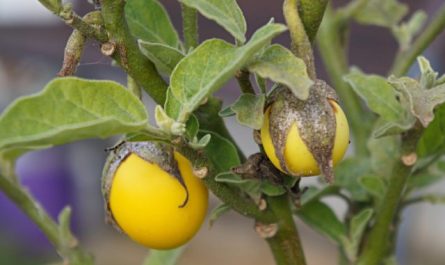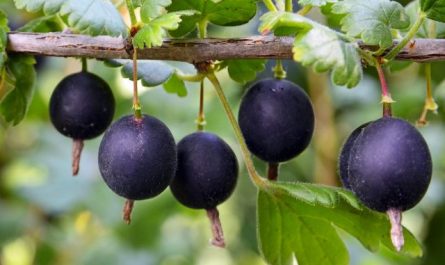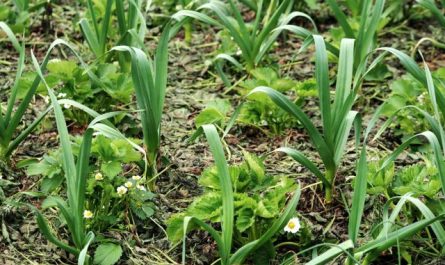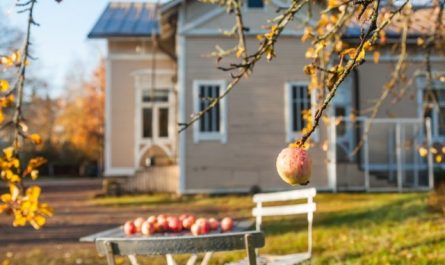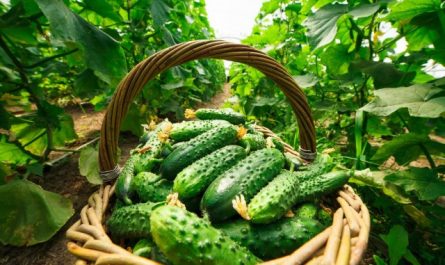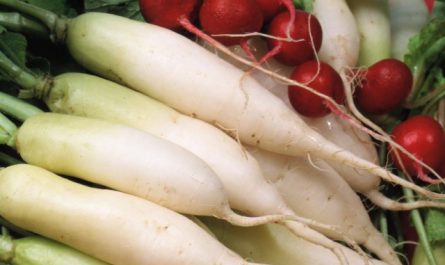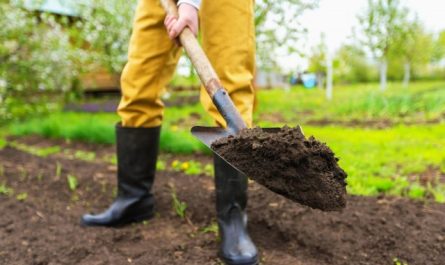At the institute, in lessons on agricultural processing technology, we studied many different questions. However, one of the main ones that our teacher decided to permanently instill in the students’ heads was the quality of individual products, in particular, jam. I don’t remember how many times we answered the question of whether moldy jam can be eaten. But the answer “NO” was remembered forever. And this “NO” applies not only to jam, but also to other preparations, which, to be honest, most of us feel sorry to throw away.

What is mold on jam?
Each of us at least once in our lives, opening a jar of jam, found a coating on its surface. White, like cotton wool, or gray, bubbly. Of course, it raised doubts – should we eat this jam or refuse it? The older generation of housewives usually does not pay attention to such a defect – they simply remove the suspicious coating and eat the product. In the best case, they recycle it, for example, in some kind of baking. But this decision is wrong.
Mold on jam is not just an innocent deviation from the norm. It is a signal that this jar is spoiled and should be thrown away. The coating that we see on the surface is only the tip of the iceberg. Mold is a fungus. And a fungus, as you know, has a mycelium. Its main body and fruits are the mushrooms themselves, in our case, the coating. Thus, a small cotton-like formation floating on the surface of compote, pickles or tomatoes, visible on jam, marmalade – these are already the fruits of an overgrown fungus. And removing them does not mean removing the harmful organism from the preserves.
Having settled in a jar, the mold fungus not only grows and develops, but also releases its waste products into the environment. They are dangerous for us because they are toxins.

Why are toxins dangerous?
Different mushrooms produce different toxins, which can affect our body in different ways. Some inhibit digestion, cause nausea and vomiting, and provoke diarrhea. Others inhibit the kidneys and liver, affect the respiratory system, and the central nervous system. Some are carcinogens – they provoke the formation of cancer cells.
And if you don’t feel sick right away after eating moldy jam, it doesn’t mean that the product you ate is safe. Some mycotoxins released by mold fungi have a delayed effect on the body – they accumulate and only begin to produce their destructive effect over time.
Throw it away, don’t eat it!
Understanding what mold is, we must stop feeling sorry for a spoiled jar, our own or someone else’s “work”, “a good product”, etc., and throw away what has gone bad. And there is no need to convince ourselves that it is enough to remove a centimeter and that’s it – the rest can be eaten. No, you can’t!
Some housewives believe that spoiled jam can be re-cooked – the mushroom will die at high temperatures and the product will be ready for consumption again. No. Unfortunately, no. By the time the fruit bodies appear, the mycelium has already penetrated the entire body of the jam. When cooked, the mushroom, of course, dies, but the toxins remain.
Other housewives claim that their grandmother, mother, aunt always ate such jam and nothing happened. This is also not wise. You do not know why your grandmother, aunt, mother had their health problems. And now, knowing the danger of spoiled products and understanding that the immunity of the current generation is weaker than “then”, you risk even more.
There is also an opinion that everything is harmful today. That according to statistics, 25% of products are already contaminated with mold to one degree or another. And many other sayings and excuses. But, you must admit, it is one thing when you do not know that it is dangerous, and another thing when you consciously consume something that you should not. However, to eat or not to eat a poisoned product is everyone’s choice.

How to protect jam from mold?
Fungal (mold) spores fly in the air, we do not see them, and do not know when they fall on products. Is it possible to protect your preparations from mold?
Of course, it is impossible to completely protect yourself from mold simply because the world around us is not sterile. However, if you follow the rules of hygiene, the technology of preparing food products and the principles of storing products, then you can reduce losses.
To prevent mold from developing when storing homemade canned food, you must follow the rules for preparing food. Carefully sterilize jars and lids before rolling up, without saving time and effort. Work with clean hands, in a clean room. Sort (remove spoiled, diseased) and thoroughly wash fruits and berries. Follow the recipe when adding ingredients. Before putting the rolled-up products into storage, make sure that the lids are sealed tightly, there is no cloudiness in the jar. And, of course, comply with the storage conditions and terms.
It is recommended to store canned products in a room without access to light, at a temperature of up to 20 °C. The optimal temperature readings will be in the region of 3 to 8 °C, the higher the temperature, the shorter the shelf life. At the same time, the recommended humidity of the room should not exceed 75%.
The best place to store canned goods is a frost-free cellar or basement. At the same time, they should be ventilated and annually treated for pathogenic microflora – disinfected, for example, by whitewashing.
In the apartment, it is also necessary to find a dark place for such products, with optimal temperature conditions. This can be a specially designated storage room, a place under the wall behind the sofa, a heat-insulated (to prevent the products from freezing in winter) balcony. If there are not many preserves, then a refrigerator.
Don’t forget about the shelf life of the preparations. So, everything that is preserved with vinegar or citric acid should be used for food within 10-12 months, maximum one and a half years. Compotes – within one and a half years, and if the berry has a seed – one year. The average shelf life of jam is about 2 years. If the jam is made from berries with seeds, it is recommended to eat it within 8-12 months. The same with preserves based on gelatin.
Based on the shelf life, before you start preserving, it is worth calculating the volume of the container. Think about whether it will be realistic for your family to eat the products from a three-liter bottle or is it better to use smaller jars?
How to store opened products? If the jar is open and its contents are not planned to be eaten at once, it is better not to keep it without a lid, and after putting aside the required amount of product with a clean spoon, immediately close it tightly with a clean plastic lid and put it in the refrigerator. Then do not forget about the opened jar and do not put off eating the product for a long time, but try to eat the jam or salted tomatoes within a week or two. Open compote must be consumed within 2 days.
Dear readers! When you open a jar of jam and find mold on the product, don’t think about how much work went into it. Think about your health. It’s worth much more!
